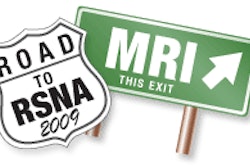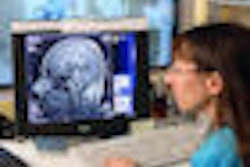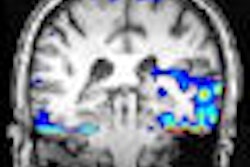Tuesday, December 1 | 11:30 a.m.-11:40 a.m. | SSG09-07 | Room S102D
For BRCA1 carriers, a combination of full-field digital mammography (FFDM) and breast MRI for annual screening exams is the most clinically effective strategy, according to researchers from Massachusetts General Hospital (MGH) in Boston. The cost-effectiveness of the combination is dependent on breast MRI costs.Lead author Dr. Janie Lee, assistant radiologist in MGH's Breast Imaging Division, and colleagues compared the clinical and cost effectiveness of the combination using a Markov Monte Carlo simulation model that integrated data from medical literature, the Digital Mammographic Imaging Screening Trial (DMIST), and existing databases, as well as Medicare reimbursement rates.
The team reviewed four annual screening strategies: film-screen mammography, digital mammography, film-screen mammography plus breast MRI, and digital mammography plus breast MRI.
Lee's group found that digital mammography alone was more effective than film-screen mammography alone, and that digital mammography plus breast MRI was more effective than film-screen mammography plus breast MRI.
"Improved image contrast is the attribute of digital mammography most associated with its improved diagnostic accuracy, when compared with film-screen mammography," Lee said. "Because the development of calcifications, which is better seen with mammography, or a new blood supply, which is better seen with MRI, may represent different aspects of malignant tumor progression, using digital mammography and MRI together is likely to enable the detection of more cancers than using either modality alone."
Annual digital mammography exams with breast MRI for these high-risk women was the most effective screening strategy, but it also had the highest lifetime costs ($116,073), Lee noted.
"Cost-effectiveness analysis indicated that DM strategies were more cost-effective than the respective film-screen strategies," she added.
Combining digital mammography with breast MRI comes with a price, according to Lee: Unless the cost of breast MRI decreases substantially, adding it to digital mammography could cost more than $100,000 per additional quality-adjusted life year (QALY) gained, she said.



.fFmgij6Hin.png?auto=compress%2Cformat&fit=crop&h=100&q=70&w=100)





.fFmgij6Hin.png?auto=compress%2Cformat&fit=crop&h=167&q=70&w=250)











